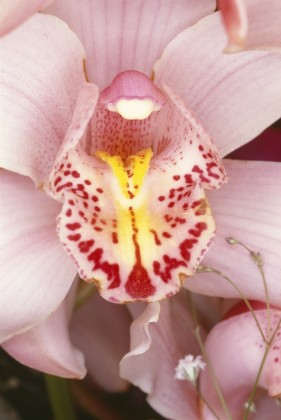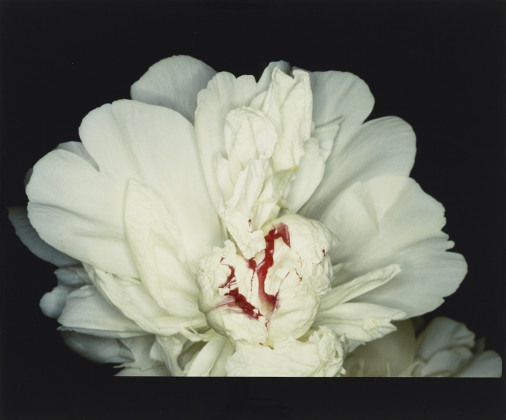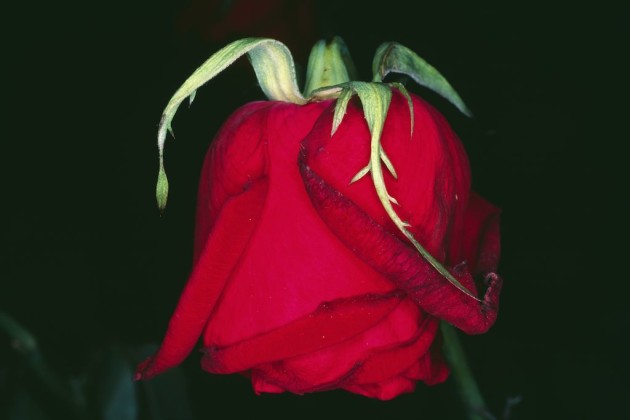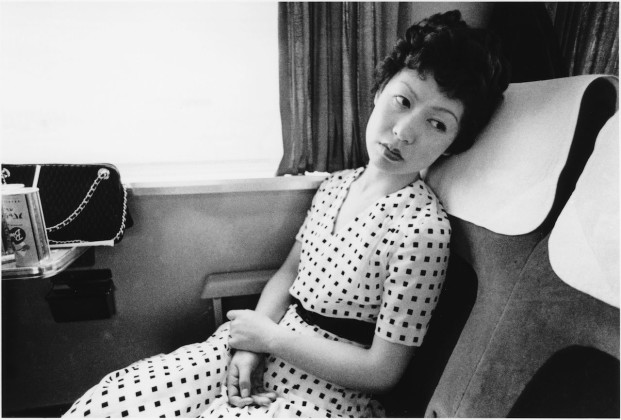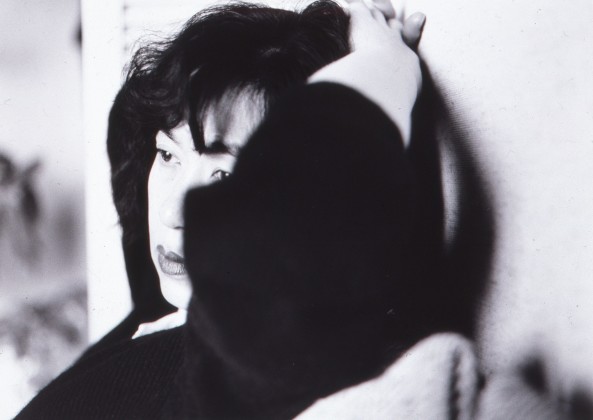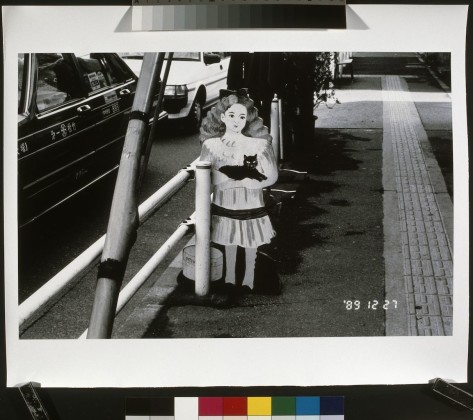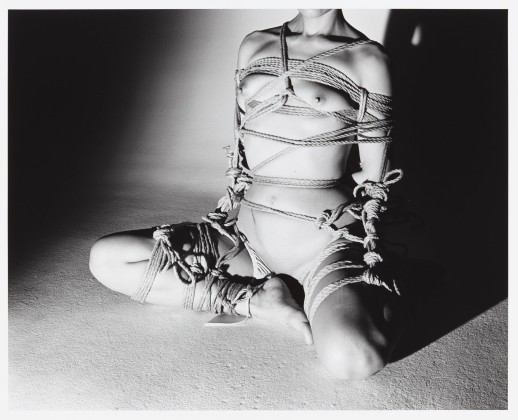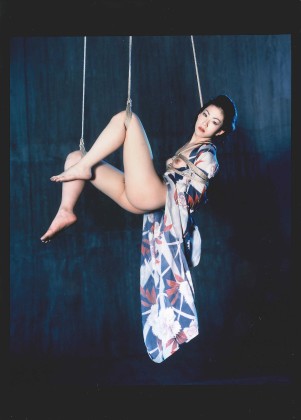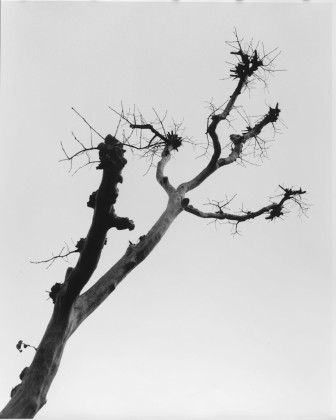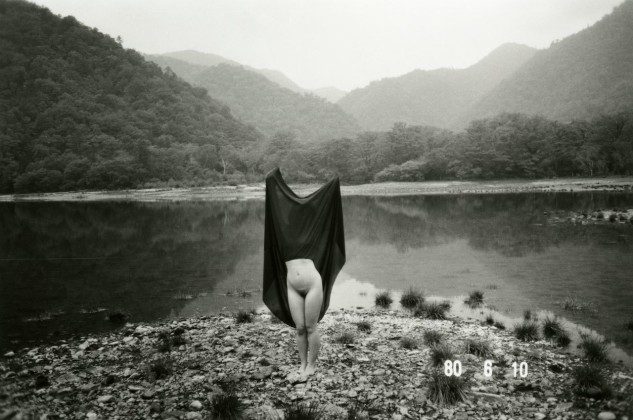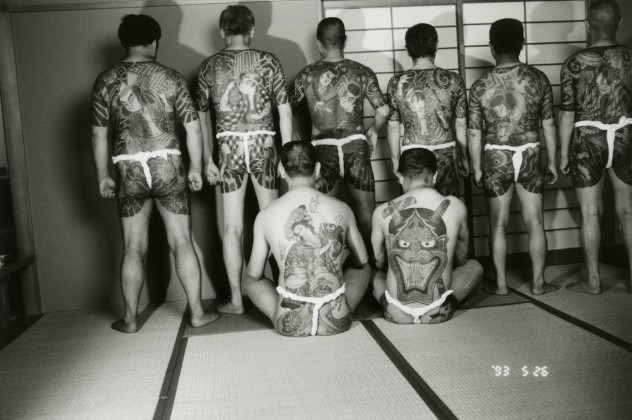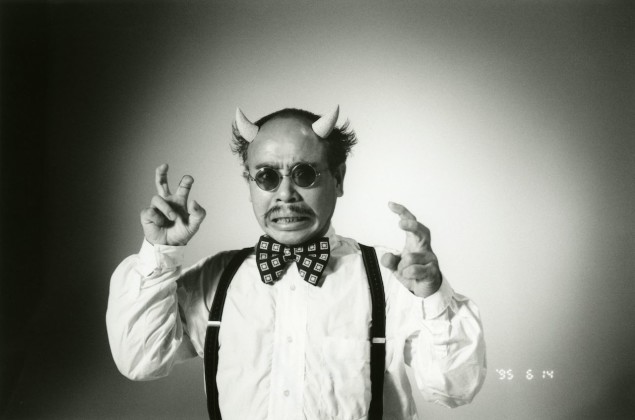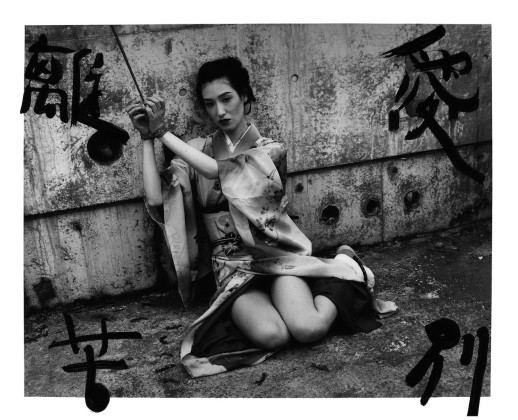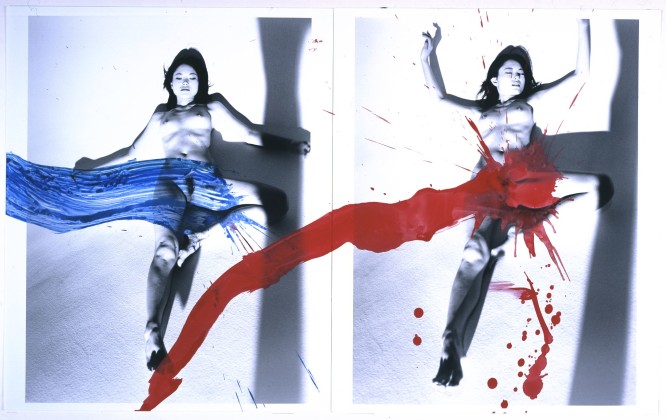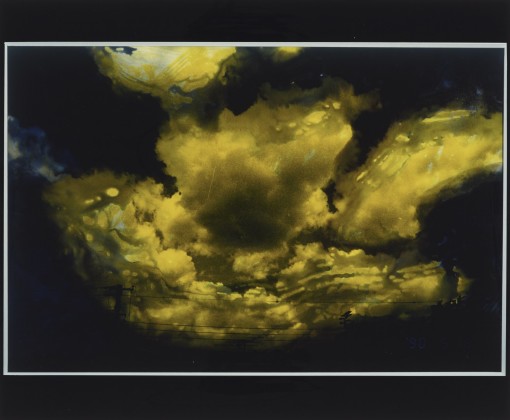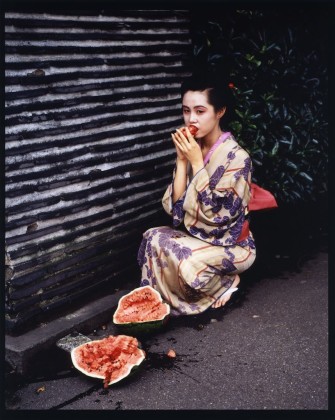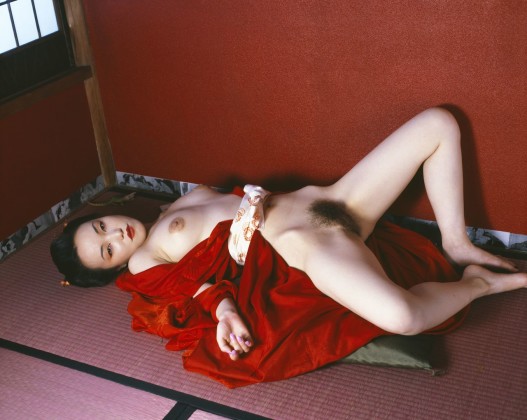PARIGI. Nobuyoshi Araki è conosciuto in tutto il mondo per le sue fotografie di donne legate secondo le regole ancestrali Kinbaku. Una pratica giapponese che risale al 15esimo secolo e che viene ripercorsa nelle 400 e più fotografie in mostra fino al 5 settembre al Musée national des arts asiatiques – Guimet.
Esposta una significativa selezione delle migliaia di fotografie che l’artista ha realizzato tra il 1965 e il 2016, che da’ spazio allo stesso modo a fotografie famose come ad inediti oltre ad un progetto appositamente realizzato per il museo. Il percorso affronta varie tematiche della sua vita privata e del suo lavoro: dalla fotografia come autobiografia al rapporto con la moglie Yoko passando poi per la sua attenzione ai fiori, l’erotismo, il desiderio, l’evocazione della morte attraverso stampe, vecchie fotografie e libri.
Un lavoro poetico e di ricerca quello di Araki che non si nega alla sperimentazione manipolando i negativi o scrivendo o pitturando sulle sue immagini.
PARIS. A major figure in contemporary Japanese photography, Nobuyoshi Araki is known worldwide for his photographs of women bound according to the ancestral rules of Kinbaku – the Japanese art of bondage – a practice going back to the 15th century. This exhibition retraces fifty years of his work in over 400 photographs and is one of the most important ever devoted to Araki in France.
This highly significant selection, drawn from thousands of photographs the artist took between 1965 and 2016, ranges from one of the oldest series titled Theatre of love in 1965 up to hitherto unpublished works, including his latest creation in 2015, specially produced for the museum and titled Tokyo-Tombeau. Starting from the discovery of almost all the books Araki ever made, followed by an introduction to the main themes of his work – flowers, photography as autobiography, his relation with his wife Yoko, eroticism, desire, but also the evocation of death – the exhibition unfolds thematically, from the series devoted to flowers, the Tokyo scene, or again the Sentimental Journey illustrating his honeymoon trip in 1971, followed by the Winter Journey in 1990, the year of his wife’s death.
Midway through the exhibition visitors are led into Araki’s studio where they discover the extent of his photographic production, confronted with works from the MNAAG collections: prints, old photographs and books, illustrating the artist’s relations with the permanence of his Japanese inspiration. Steeped in poetry and formal research, Araki’s work is also backed up by endless experiments. The medium’s codes and stereotypes are revisited by the artist who manipulates his own negatives or occasionally covers his images with calligraphy or painting, in a bold gesture, often with a dash of humour.
![Une histoire singulière à l’encre de Chine (Bokuju Kitan) (Marvelous Tales of Black Ink [Bokuju Kitan] 2007 encre traditionnelle (sumi) sur photographie noir et blanc H. 101,6 cm ; L. 152,4 cm The RBS Collection © Nobuyoshi Araki/Courtesy Taka Ishii Gallery](https://www.themammothreflex.com/wp-content/uploads/2016/07/araki-14.jpg)
(Bokuju Kitan) (Marvelous Tales of Black
Ink [Bokuju Kitan]
2007
encre traditionnelle (sumi) sur photographie
noir et blanc
H. 101,6 cm ; L. 152,4 cm
The RBS Collection
© Nobuyoshi Araki/Courtesy Taka Ishii
Gallery
Planned with works held in private and public collections (Tokyo, New York, Paris…), completed with the artist’s archives, this exhibition helps to see and understand that Araki’s art is rooted in traditional Japanese culture.

